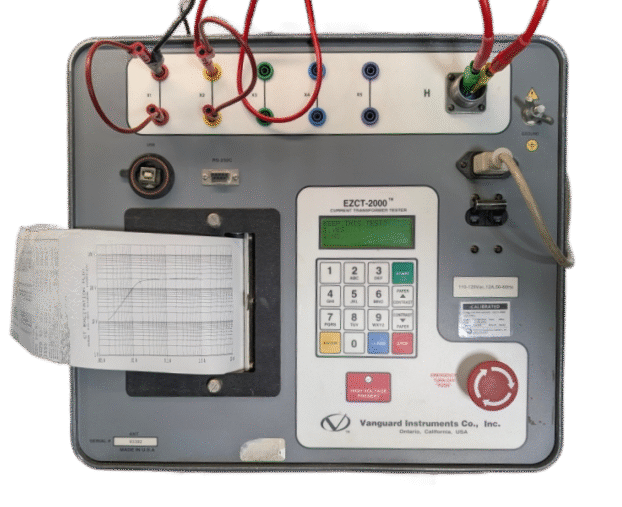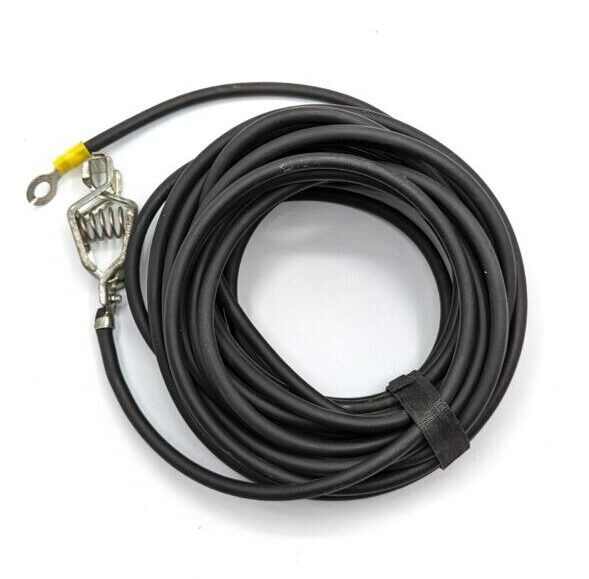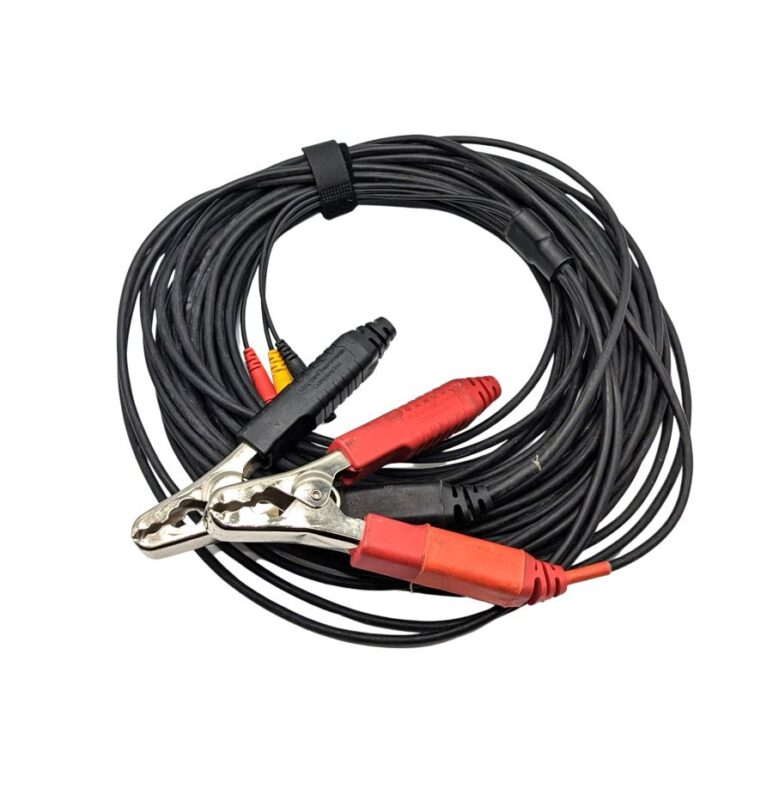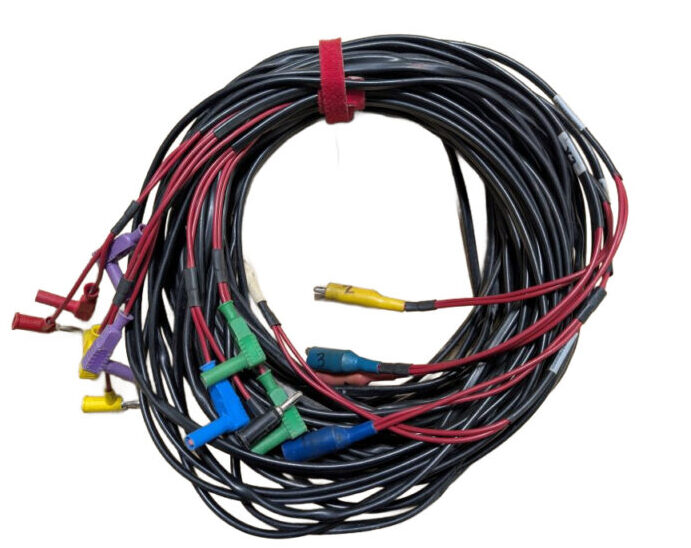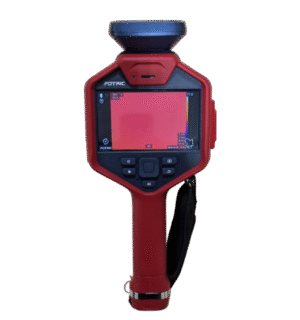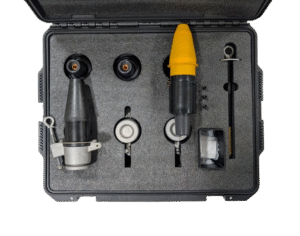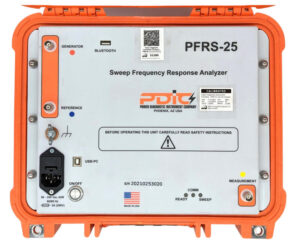The Vanguard Instruments EZCT 2000 (and its subsequent versions like the EZCT-2000A, EZCT-2000B, and EZCT-2000C/C Plus) is a series of microprocessor-based current transformer (CT) test sets. These instruments are designed to comprehensively test the performance and characteristics of current transformers, which are critical components in electrical power systems for metering and protection.
Applications:
Features:
Resources:
Applications:
The Vanguard EZCT 2000 series is an essential tool for:
- Commissioning: Verifying new or newly installed current transformers before they are put into service.
- Routine Maintenance: Periodically testing CTs to ensure their continued accuracy and reliability, which is crucial for predictive maintenance programs.
- Troubleshooting: Diagnosing issues with CTs or their associated protection and metering circuits.
- Quality Assurance: Ensuring that CTs meet specified performance standards.
- Safety: By ensuring accurate CT operation, it contributes to the overall safety and reliability of electrical power systems.
Features:
- CT Excitation Test (Saturation Test): This is a primary function, where the instrument applies a variable AC voltage (up to 2000 Vac) to the CT secondary winding and measures the resulting excitation current. This data is used to plot the saturation curve, determine the CT’s “knee point” voltage (which is crucial for understanding its performance under fault conditions), and ensure it meets ANSI/IEEE C57.13.1, IEC 60044, and other relevant standards. The test voltage is automatically raised and lowered.
- Current-Ratio and Polarity Test: The EZCT 2000 measures the CT’s turns ratio and verifies its polarity (in-phase or out-of-phase). This is critical for ensuring accurate current measurement and correct operation of protective relays.
- Phase Angle Measurement: It measures the phase angle error of the CT, which is a key indicator of its accuracy.
- Winding Resistance Measurement: The unit measures the DC resistance of the CT’s secondary windings (typically from 100 micro-ohms to 10 ohms). This helps detect abnormal conditions like loose connections or damaged windings.
- Insulation Resistance Measurement: On some models (like the EZCT-2000C), it can also measure the insulation resistance of the CT’s secondary winding using a DC test voltage (e.g., up to 1000 Vdc). This verifies the integrity of the insulation.
- Burden Measurement: The EZCT 2000 can measure the actual connected burden on the CT by injecting a test current (e.g., 1A or 5A) into the load. This is vital to ensure the burden on the CT is within its rated capacity, preventing measurement errors or CT saturation.
- Automatic Demagnetization: After an excitation test, the unit typically performs an automatic demagnetization of the CT to ensure consistent future readings.
Resources:

